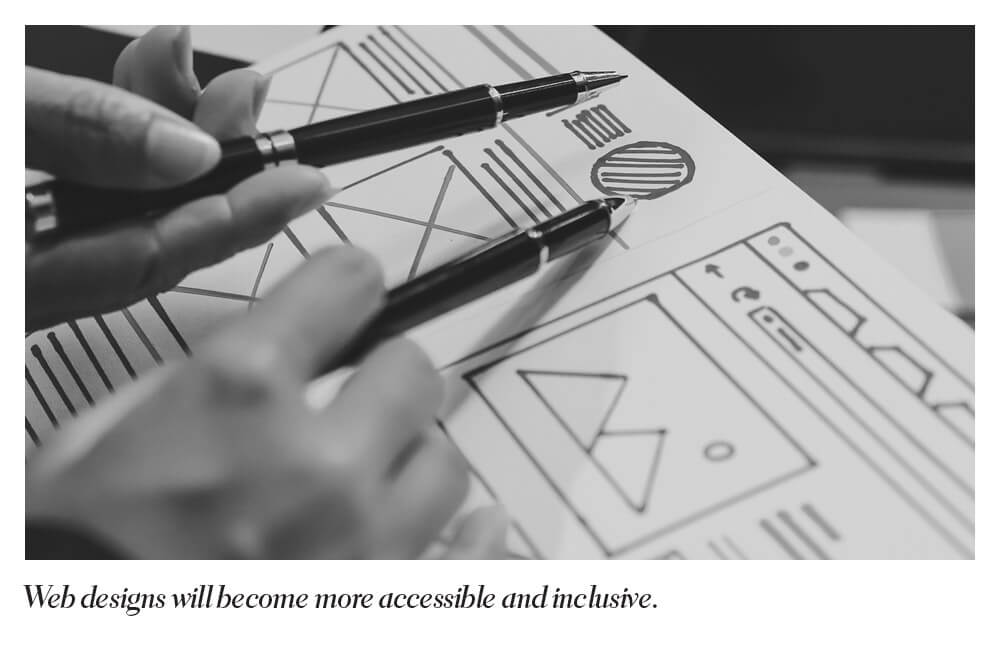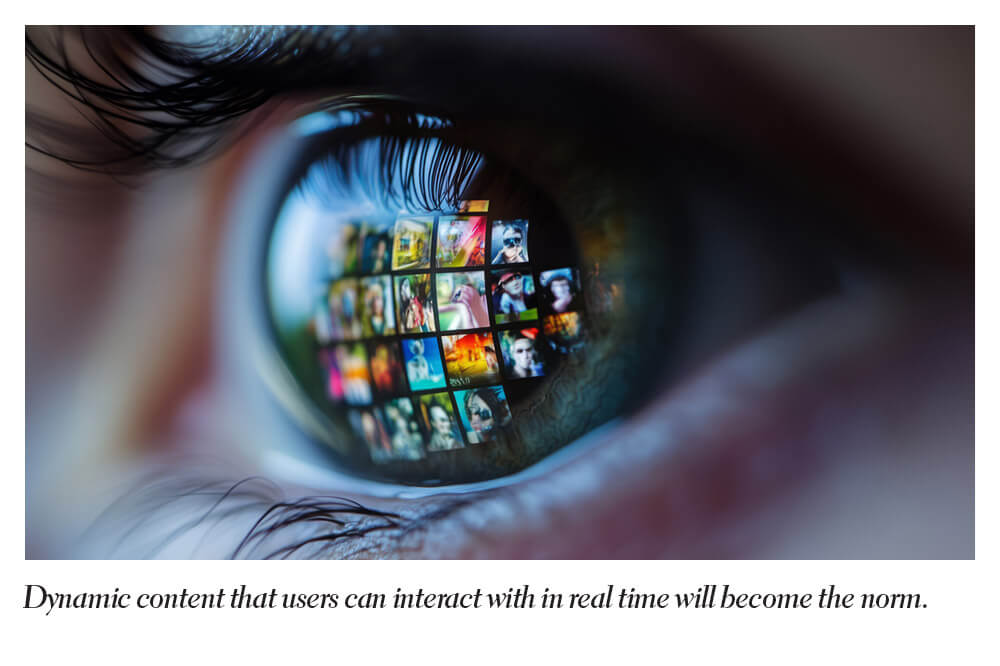
As the digital age develops, virtual reality (VR) and augmented reality (AR) continue to revolutionise how we interact with the online world. These technologies have had a huge impact on web design leading to a shift in user experience and interface design. As we look towards 2025, it’s clear that the trajectory of web design is heavily leaning towards user-centred experiences. This transition emphasises creating immersive, intuitive, and engaging interfaces that seamlessly blend virtual elements with real-world interactions.

The Current Landscape
Currently, web design trends are heavily influenced by the integration of advanced technologies like VR and AR. These technologies are reshaping user interactions and also enhancing the way content is visualised and consumed. VR and AR have the power to transform static web pages into dynamic, immersive environments, offering users a more engaging and interactive experience.
One of the most noticeable impacts of VR in web design today is the ability to create fully immersive experiences directly from a web browser. This has been particularly transformative for industries such as real estate and travel, where potential customers can enjoy virtual tours of properties or destinations from the comfort of their homes. This immersive approach not only enhances user engagement but also aids in better decision-making.
Augmented reality, on the other hand, has made its mark by enhancing the shopping experiences online. AR enables shoppers to visualise products in their own space before making a purchase. For instance, furniture retailers are using AR to help customers see how a piece would look in their living room, which in turn, helps in reducing the rate of product returns and increases customer satisfaction.
Trends Leading Into 2025
As we look towards 2025, several key trends influenced by VR and AR are expected to dominate the web design landscape:
Enhanced Personalisation
Web designs will leverage AR and VR to offer more personalised experiences based on user behaviour and preferences. This could mean virtual showrooms tailored to individual tastes or interactive, VR-based learning environments that adapt to the pace and style of the learner.
In conclusion, the impact of VR and AR on web design is profound and far-reaching. As we move towards 2025, these technologies will continue to shape the digital experiences we offer, making the web not just a place to visit, but a space to experience, engage, and be inspired. Get in touch with us today on 0345 066 1717 or send us an email to info@design4uonline.uk.


